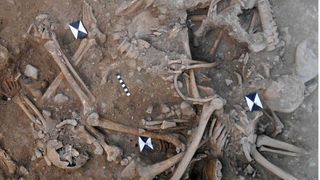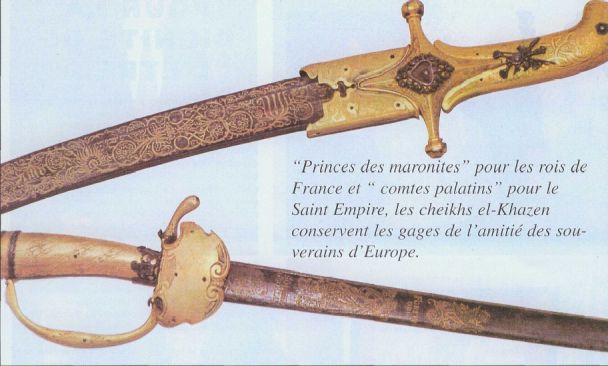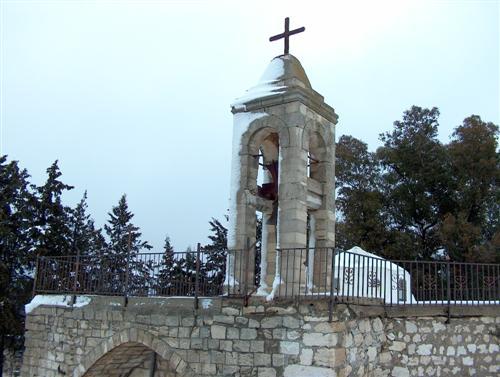
By Ben Turner – livescience.com — Archaeologists digging near a Middle Eastern castle have unearthed two mass graves containing the grisly remains of Christian soldiers vanquished during the medieval Crusades — and some of them could have even been personally buried by a king. The chipped and charred bones of at least 25 young men and teenage boys were found inside the dry moat of the ruins of St. Louis Castle in Sidon, Lebanon. Radiocarbon dating suggests they were among the many Europeans who, between the 11th and the 13th centuries, were spurred by priests and rulers to take up arms in a doomed effort to reconquer the Holy Land. Much like many who came to fight and plunder before them, the soldiers’ long and arduous journeys ended with their deaths — all as a result of wounds they received in battle. But despite the widespread casualties, mass graves from this bloody period of history are incredibly difficult to find. “When we found so many weapon injuries on the bones as we excavated them, I knew we had made a special discovery,” Richard Mikulski, an archeologist at Bournemouth University in the U.K., who excavated and analyzed the remains, said in a statement.
The archaeologists analyzed DNA alongside naturally occurring radioactive isotopes in the men’s teeth to confirm that some were born in Europe, and an analysis of different versions, or isotopes, of carbon in their bones suggests that they died sometime during the 13th century. Crusaders first captured St. Louis Castle just after the First Crusade in 1110. The invaders held onto Sidon, a key strategic port, for more than a century, but historical records show that the castle fell after it was attacked and destroyed twice — at first partially by the Mamluks in 1253 and later by the Mongols in 1260.
The researchers said it is “highly likely” that the soldiers perished during one of these battles, and by brutal means: The bones all bear stab and slice wounds from swords and axes, as well as evidence of blunt-force trauma. The soldiers had more wounds on their backs than on their fronts, suggesting that many were attacked from behind, possibly as they fled during a rout, and the distribution of these blows implies that their attackers charged them down on horseback. A number of the men’s remains also have blade wounds to the back of their necks — a sign that they may have been captured alive before being beheaded. “One individual sustained so many wounds (a minimum of 12 injuries involving a minimum of 16 skeletal elements) that it may represent an incident of overkill, where considerably more violent blows were applied than was actually required to overcome or kill them,” the researchers wrote in their study.








